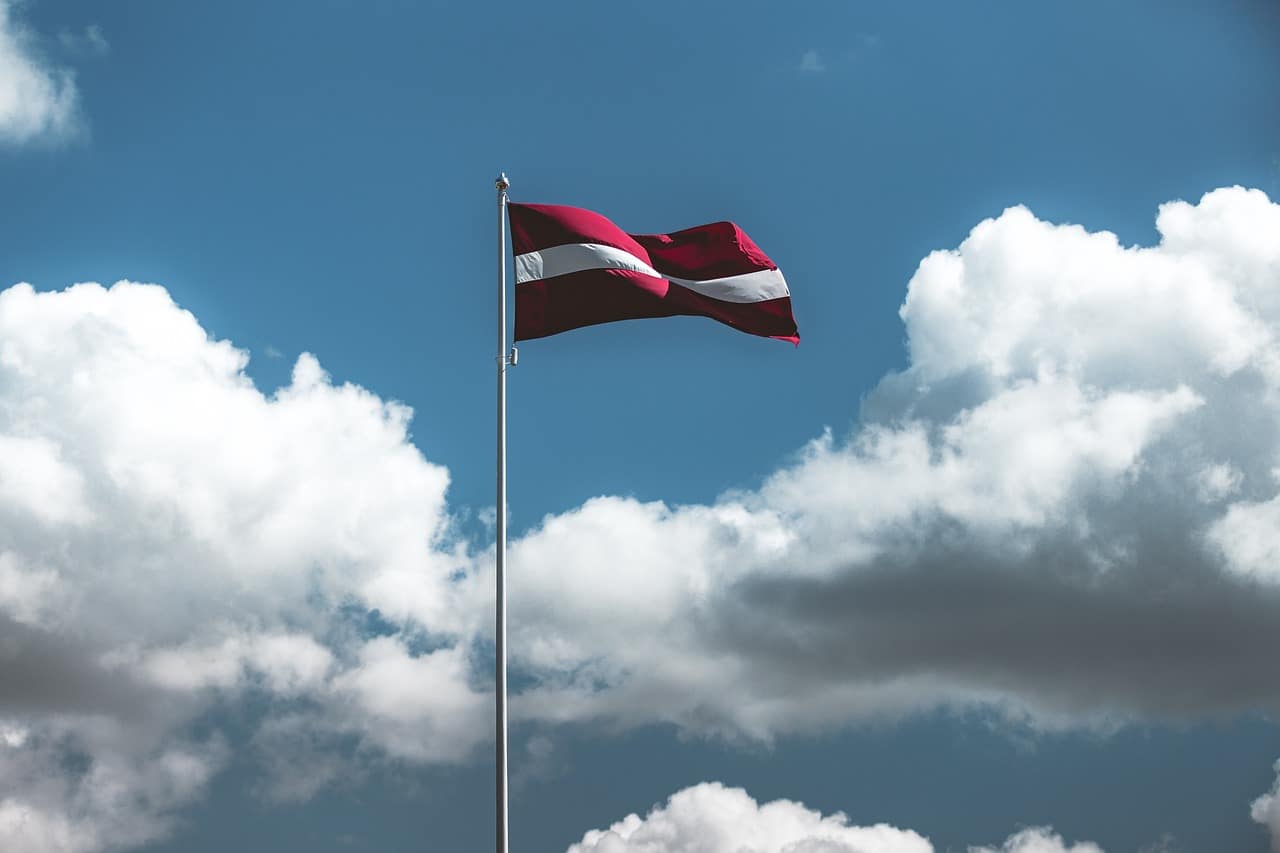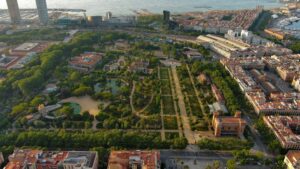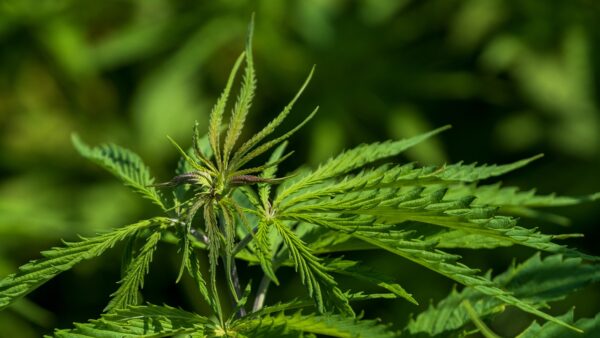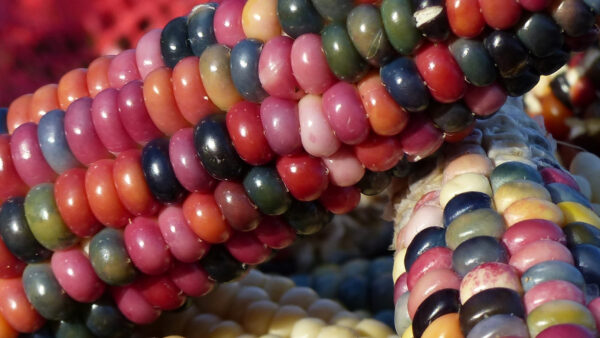In each issue, European Seed shines the spotlight on one of the many national seed associations in Europe that are so crucial in representing the local seed sector at both the national and international levels, along with sharing the sector’s concerns with the government. Although seed and seed trade associations are present in many countries throughout the continent there is no such association in Latvia, so European Seed decided to look at several other factors that shape the seed sector environment in this country.
According to a recent EU census (2010), the agricultural area in Latvia was close to 1.8 million hectares, which is roughly 28 per cent of the whole country. This was an increase of 25 per cent over the year 2000, and the growth of the cultivated agricultural area was the outcome of a more intensive use of land for agricultural production, the introduction of a land reform and the implementation of support payment programmes which followed Latvia’s accession to the EU in 2004.
Farm size
As a consequence, the average size of the agricultural holdings doubled in Latvia, growing from 10.2 hectares in 2000 to 21.5 hectares in 2010. The census also showed that in Latvia the total number of farms decreased mainly due to a reduction in the number of small farms, a development seen in many other EU Member States. This is highlighting some of the key trends in this Baltic country: the concentration of agricultural production in the larger holdings and the decrease in the number of agricultural holdings. Combined with this is an increase of agricultural land per inhabitant: in 2010, there were on average 0.8 hectares of agricultural area per inhabitant, a 33 per cent increase compared to the 2000 figure, one of the highest recorded within the EU-27.
International Regulatory environment
Latvia is well embedded in the international regulatory environment. Since August 2002, the country is a member of UPOV, and has implemented the UPOV 1991 Convention in its national law for plant breeder’s rights. And in July 2016, Latvia became a member of the OECD. Within the OECD Seed Schemes, which sets the rules for seed certification, Latvia is a member of the Schemes for ‘Grasses and Legumes’ and for ‘Cereals’. The Latvian Seed Control Department, part of the State Plant Protection Service, functions as the National Designated Authority for seed certification and is in charge of plant breeder’s rights. And in terms of seed testing, Latvia’s National Seed Testing Laboratory, operating within the Latvian University of Agriculture, is an accredited member of the International Seed Testing Association (ISTA).
[tweetshare tweet=”Latvia is well embedded in the international regulatory environment.” username=”EuropeanSeed”]
The country is a member of the International Plant Protection Convention (IPPC), with the State Plant Protection Service as the official National Plant Protection Office (NPPO). But at the same time, Latvia is also a member state of the European Union (EU). As such, the country is required to implement the plant health legislation of the EU. The phytosanitary import requirements for Latvia are therefore provided in the plant health legislation of the European Union, predominantly Council Directive 2000/29/EC of 8 May 2000, on protective measures against the introduction into the Community of organisms harmful to plants or plant products and against their spread within the Community.
Seed growers’ association
The seed growers’ interests are represented by the Latvian Seed Growers Association (LSA) (hyperlink: http://www.seklaudzetaji.lv/) which consists of nearly 50 members including 15 main seed producers consisting of breeding institutions and seed production companies. Its main aim is to defend the interests of the Latvian seed growers in front of the legislator and government institutions, combine their voices to achieve common objectives, and to inform other farmers and members about the LSA’s interests as well as take care of the intellectual property rights of the plant breeders. To gain experience of other countries, the association’s representatives from time to time travel abroad, such as to Finland (2001) or Norway (2008).
[tweetshare tweet=”Cooperation with other Baltic states is consistent” username=”EuropeanSeed”]
Cooperation with other Baltic states is consistent, especially among the research and plant breeding institutions, as well as the seed producers. There is a frequent exchange of information, ideas, including that of legislative initiatives. Already from the very beginning of the association, close cooperation with the Lithuanian Seed Growers Association and Estonian Seed Growers Association was established, and annual delegation visits are taking place. The association also has good contacts with the European Seed Association (ESA); its members have visited Latvia several times and the members of the association have participated in various European events. The Association plant breeders’ section has organized international seminars (2008, 2010) on the experience of breeding rights. Other crop sections of seed production are represented by other agricultural associations, such as Latvian Organic Farming Association and Society of Potato Growers and Processors. Those are dealing with specific issues that are more topical for their association’s members.
Plant breeding in Latvia
To get a better view on Latvian plant breeding, European Seed sat down with Roberts Stafeckis, Director of the Institute of Agricultural Resources and Economics (AREI) (http://www.arei.lv/). He shares that the AREI was founded on 1 January 2016. “We merged several institutions, namely, the agricultural research institutes ‘State Priekuļi Plant Breeding Institute’, ‘State Stende Cereals Breeding Institute’ and ‘Latvia State Institute of Agrarian Economics’ and the scientific staff of ‘Latgale Agricultural Research Centre’, Ltd. Now this is the only research institute in Latvia engaged in breeding of field crops. Its researchers specialize in breeding, arable farming and interdisciplinary studies in the science of economics” he says.
The institute covers a wide range of activities on areas of practical plant breeding, seed production, preservation of plant genetic resources, applied and fundamental research, evolvement in postgraduate studies and advisory activities. “Since we have a long history (more than 100 years in agricultural research and breeding of predecessor institutions), we have created more than 150 varieties of about 30 species“ says Stafeckis.
There are 150 employees in AREI at this moment, 10 of them are breeders. “The main aim of our researchers is to develop and introduce new varieties with traits suitable for Latvia growing conditions and acceptable to producers’ demands. It is an advantage that our scientists have the opportunity to carry out research in three locations of Latvia – in the West (Stende), in the East (Vilani) and in the North-East of the country (Priekuli)” according to Stafeckis. He adds that the institute is breeding new varieties of spring and winter wheat, spring barley, winter rye, winter triticale, spring oat, spring pea and potato. “But our researchers are also working on bean, flax and hemp breeding.” he adds.
For any breeder, it is crucial to have access to good germplasm which is arranged by the Genetic Resources Bank of Latvia (hyperlink: http://www.genres.lv/en/). According to Stafeckis, the users do not experience any problem with access germplasm.
Plant breeding at AREI
The main research directions of the Institute of Agricultural Resources and Economics, related to the seed sector: crop genetics and breeding for integrated and organic farming systems; improvement of seed production methodology, especially potato seed propagation, maintenance and research of plant genetic resources in field collection and preservation of potato genetic resources in vitro.
The crop breeding for organic farming systems is one of the most important ways of collaboration with researchers in other European countries. This is done in the framework of different research projects. For example, scientists of AREI are involved in the EU programme Horizon 2020, and its recently started project LIVESEED, which aims to improve the performance and competitiveness of the organic sector by boosting organic seed and plant breeding efforts.
Beside development of new plant varieties, AREI produces high generation seeds of their own varieties. The seed has been produced not only for the integrated farming system but also for the organic farming system.
Public research
In addition to AREI, there are several other public institutions: the Latvian Agriculture University (hyperlink: http://www.llu.lv/ ), mainly operating in the field of agriculture. Then there is the Institute of Horticulture with main activities in research of fruit growing, preservation genetic resources and breeding of fruit tree, small fruit and lilac (http://www.llu.lv/en/institute-of-horticulture ) and two botanical gardens, the latter dealing primarily with the breeding of decorative plants and maintenance of genetic resources of Latvia varieties.
Cucumber seed from Monsanto
Seed breeder Monsanto has recently opened a new facility in Latvia for the production of its hybrid cucumber seeds. The agricultural giant thereby hopes to raise and ensure its production of cucumber seeds to the amount of four tonnes per year. With the help of co-financing from European funds, the company has invested about three million euros in the new hybrid cucumber seed-producing greenhouse over the last few years. As the initial tests proved to be successful, the company expanded the existing farm with one hectare. Seed of over 40 hybrid cucumber varieties are currently in production.
WHERE ON THE WEB: Latvia’s State Plant Protection Service: http://www.vaad.gov.lv/english.aspx













